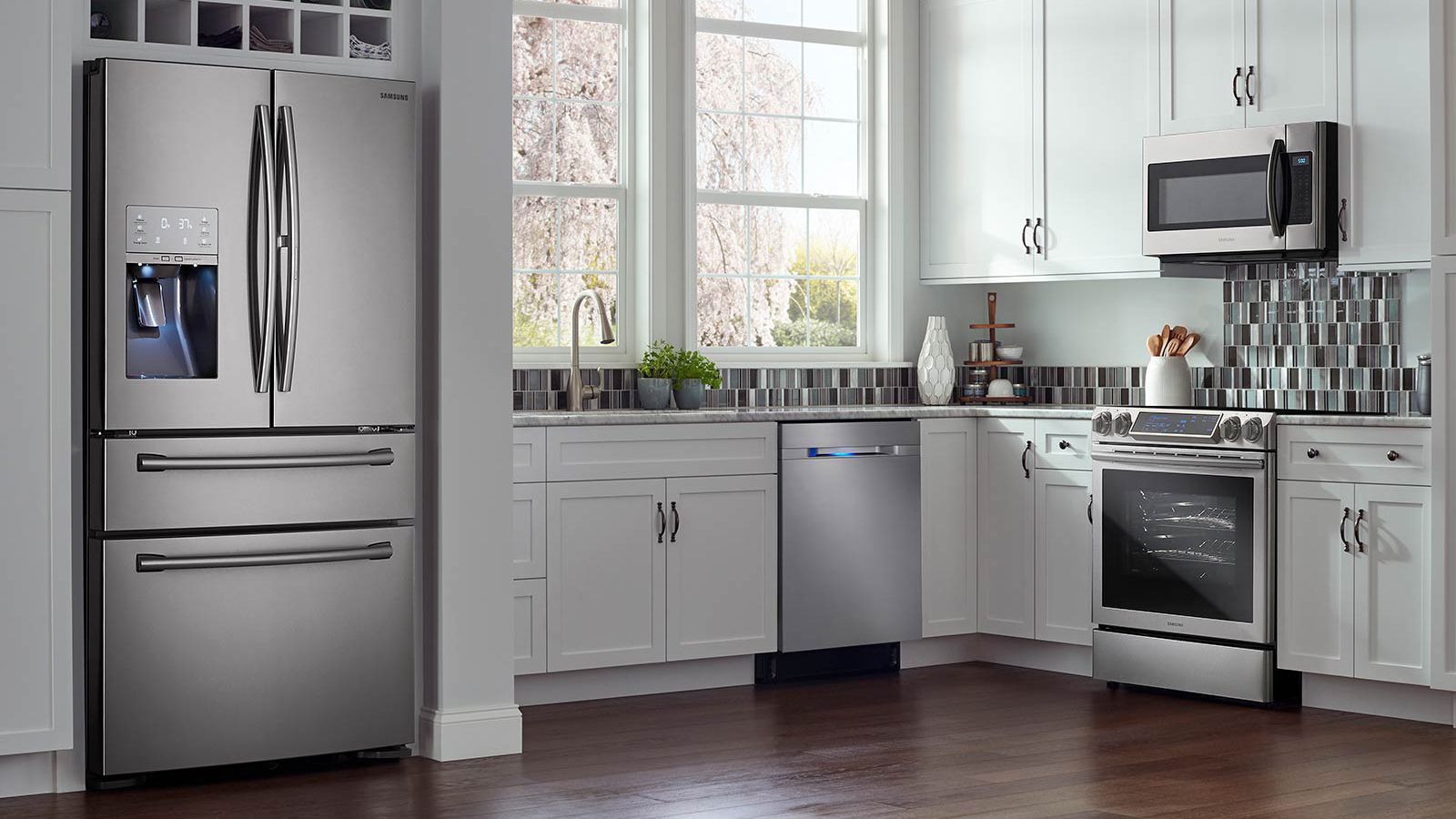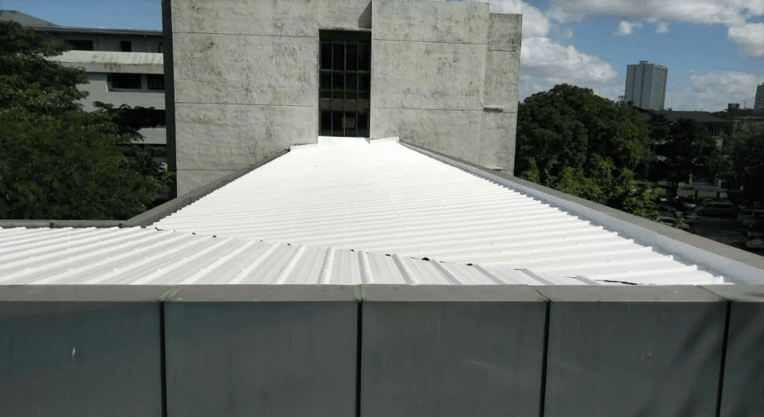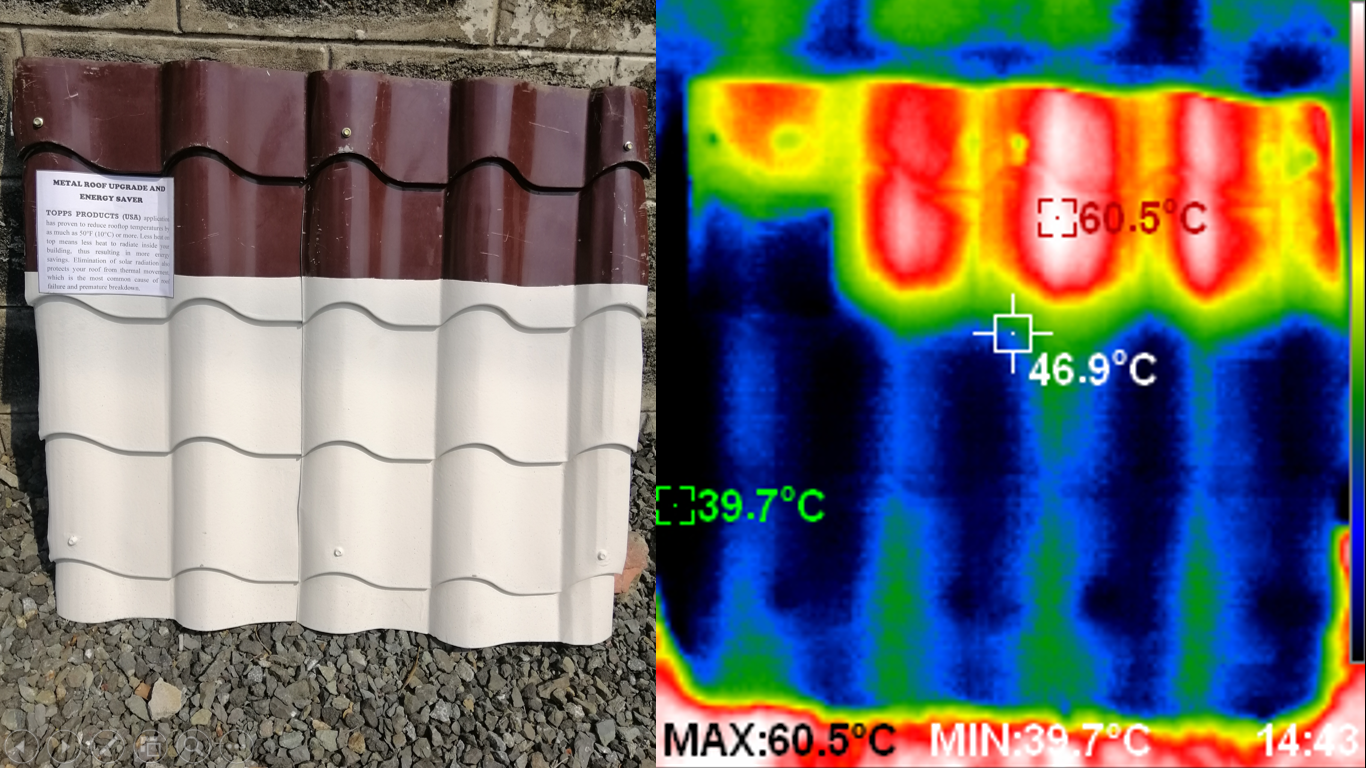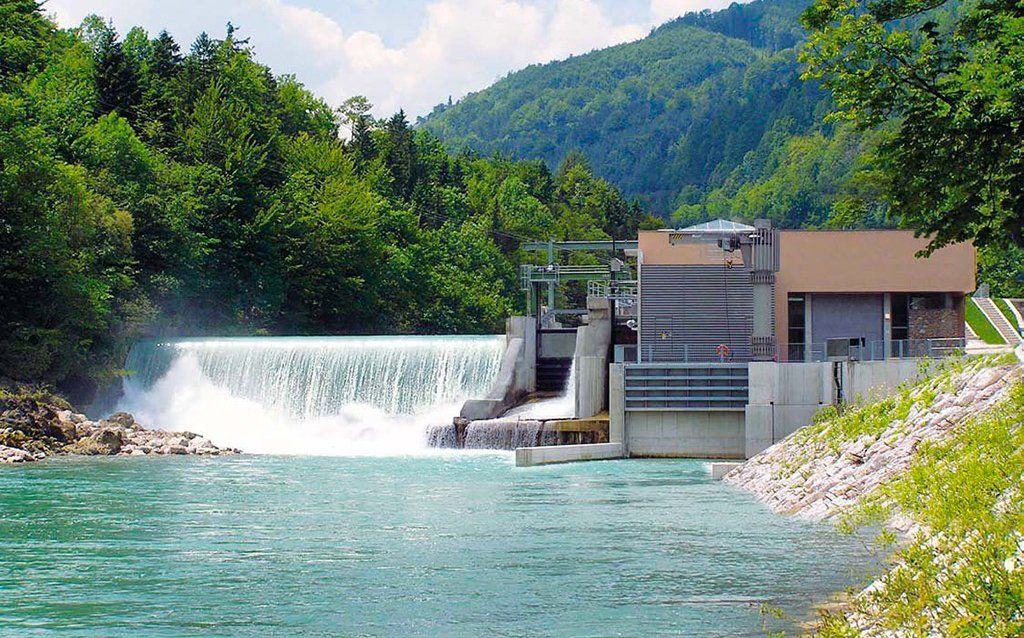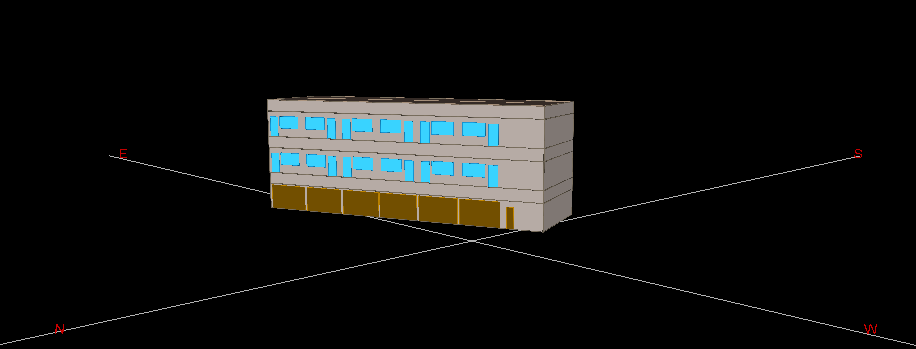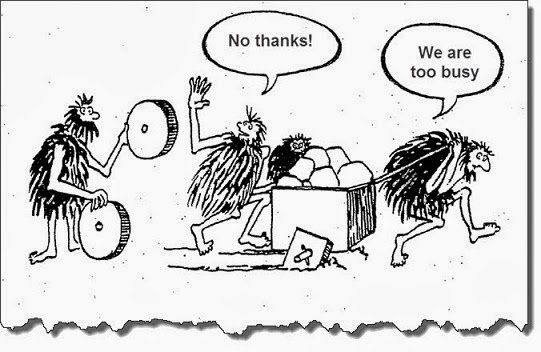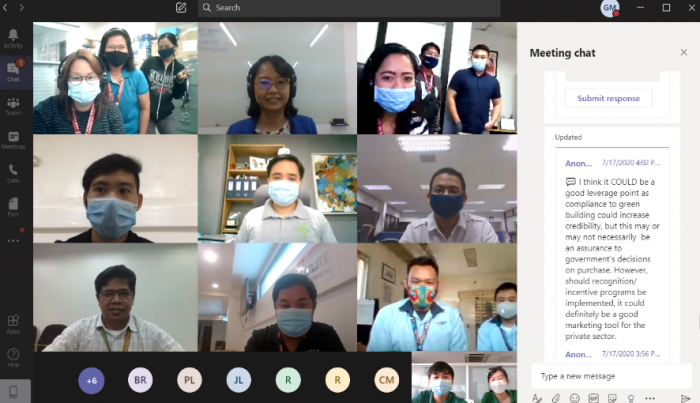Accounting For Energy Consumption
Whenever we look into a problem, it is important to break down the components as to see its details. With this in mind, the concept of systems thinking must still be present in understanding how all of the factors would come into play within the energy system. To look into a building’s energy consumption, one should do an energy audit as mentioned in the previous blog.
According to the American Society of Heating, Refrigerating and Air-Conditioning Engineers (ASHRAE), there are three types of energy audits namely; Level I, Level II, and Level III. An ASHRAE Level I type would deal with analysing energy bills as well as conducting a brief on-site survey of the facility. The output for this would be a report that lists low-cost and no-cost energy conservation measures (ECMs). For ASHRAE Level II, this would have a more detailed building survey and energy study wherein a cost analysis and estimated return-on-investment (ROI) for the ECMs would be provided. Aside from building improvements and operations and maintenance, recommendations for potential capital investments can be done. In order to have a more in-depth analysis on the capital expenditures, an ASHRAE Level III audit would be needed. Apart from this, extensive data collection usually via data loggers and creation of energy simulation models would be done under this type of audit to account for long-term cost and energy savings.
In most cases, most of building energy consumption comes from the HVAC system. For tropical countries such as the Philippines, the air-conditioning unit would often contribute the most in terms of power use. For specialized facilities such as retail establishments, however, it is possible that lighting would have a more significant impact compared to standard commercial buildings.
The beauty of conducting a third-party energy audit is that the client would be able to have access to a myriad of information about his/her energy patterns, without any motive of promoting a certain product. Granted that there are proven technologies that significantly lessen power usage, however each facility has its own unique energy consumption profile and by conducting a proper audit, the stakeholders of the building would have more evidence-based options that they can consider in making energy decisions.
If you want to learn more about energy audits and our consultancy services, visit us at the GreenSolutions booth in WorldBex 2019 this coming March 13-17!
To find out more about energy modelling and our consultancy services, check our our website at www.greensolutions.ph.


